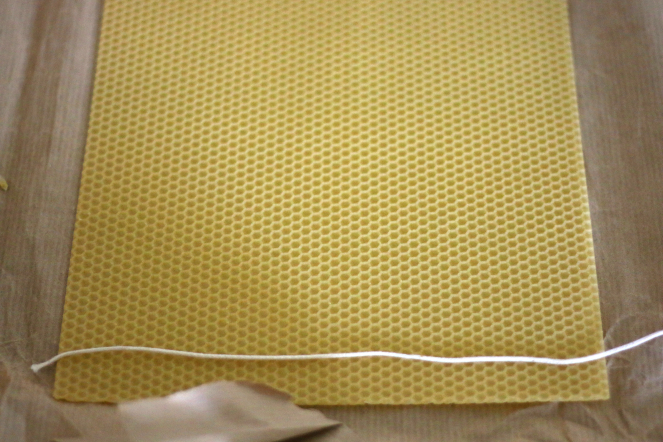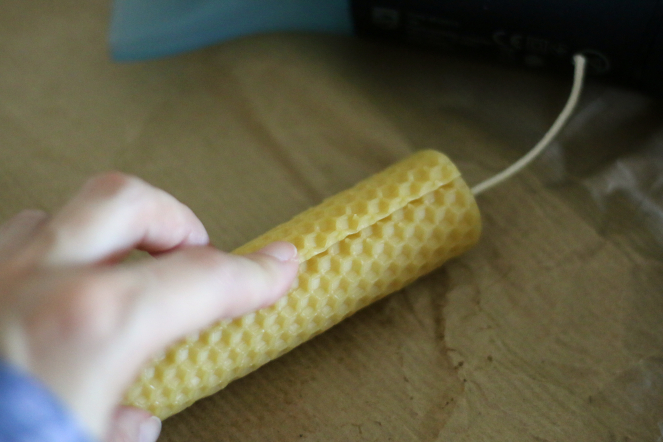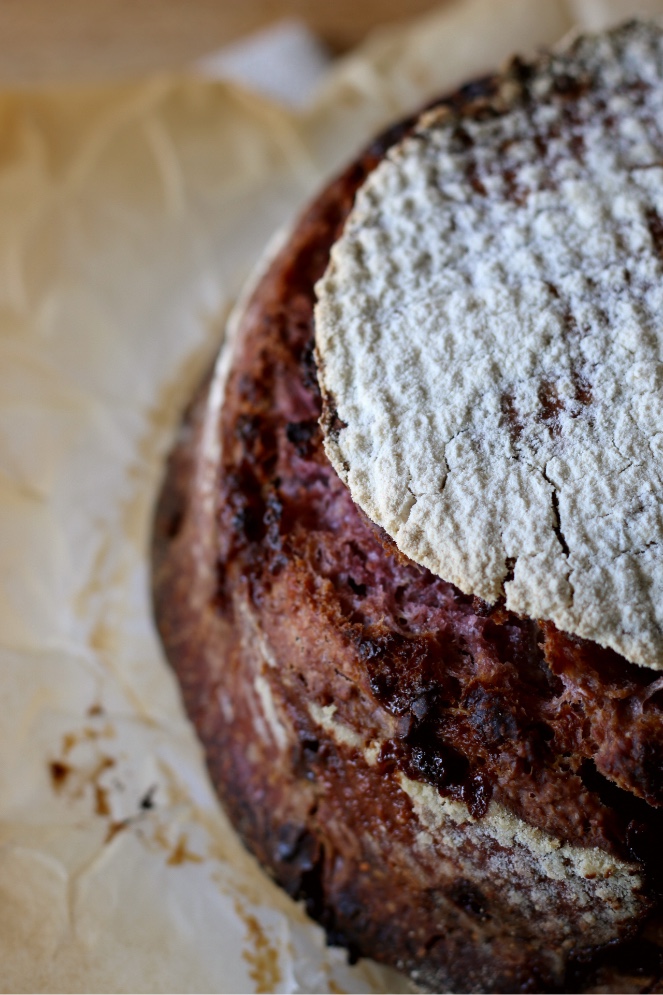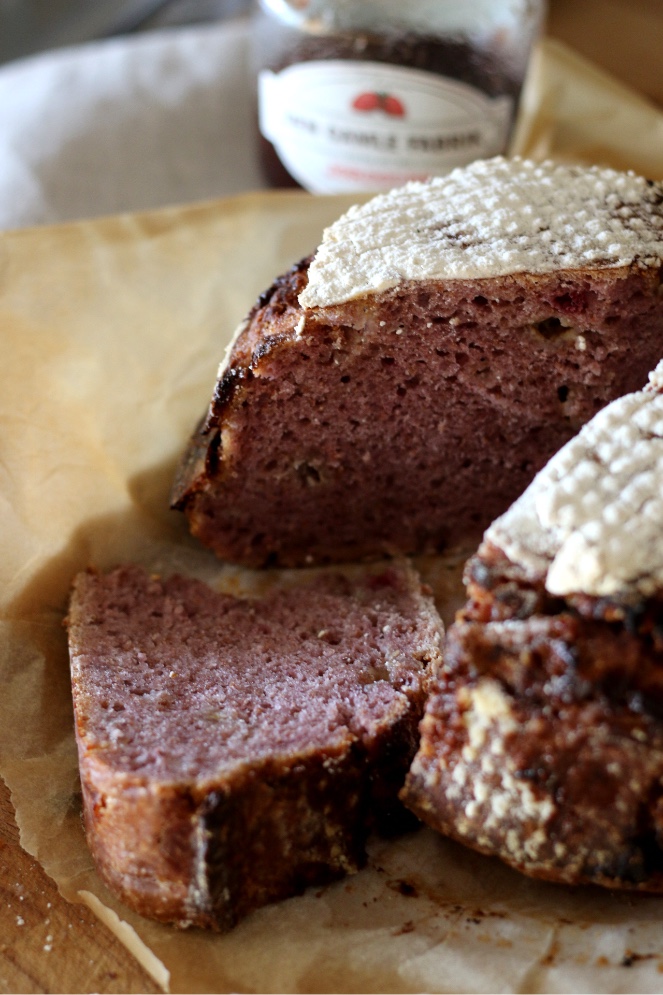There are few things as comfortable and meaningful as a lit candle. As I mentioned in one of my last posts, we are expecting a baby soon. Until a few months ago the feelings were mainly of excitement for the novelty, preparation and enjoying the pregnancy. Now the greatest feelings are patient waiting, fear and expectation. It is a feeling that seems precisely like the flame of a candle that is kept alight, fragile, waiting. Coincidence or not, this period coincides with winter, a time that encourages us to slow down, stop and wait, clinging to a small flame in the darkness of the season.
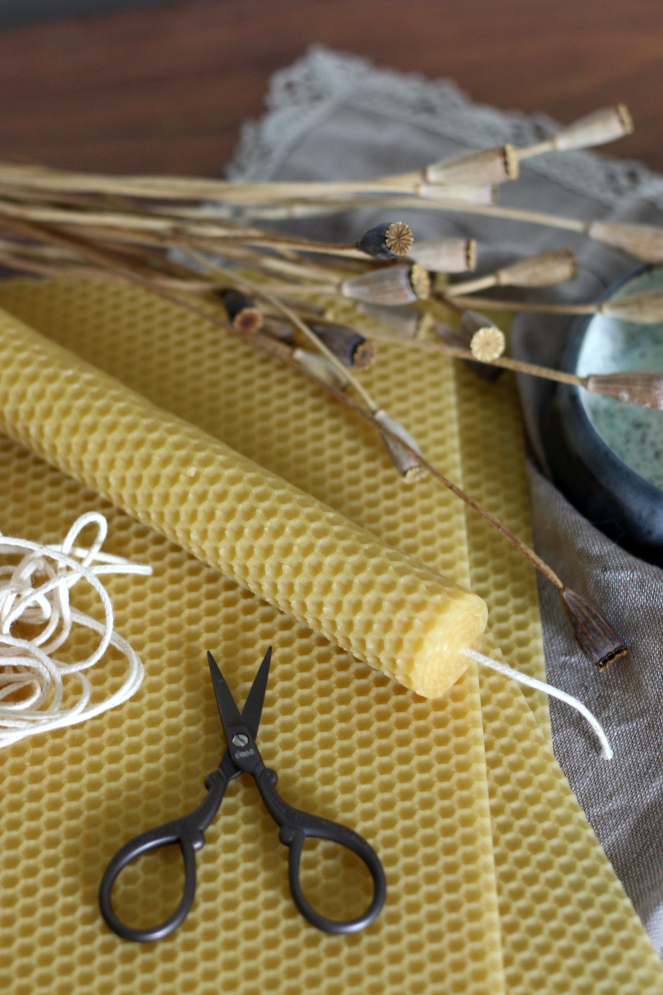

Enjoying a candle light
A few years ago I would have been the first to want to get through these cold grey months quickly. But since a couple years ago, I’ve learned to enthusiastically embrace the comforts of the season. I let myself be enveloped by the atmospheres and crafts I associate with winter. The winter kitchen, the cold walks, the moments catching the rare sun that peeks through, the knitting evenings, the series and movies to catch up on, the piles of books to read, the candles lit at dusk. All these things propel me into a state of hibernation with very particular aromas, light and textures. All of those seem to be captured throughout history, as shown in films, books and stories.
In an attempt to honour this feeling that seems to extend over time, I decided to make some candles. The easiest, but also the most beautiful, I have ever tried: beeswax sheet candles.


Beeswax candles
To make the beeswax candles you only need:
- beeswax sheet
- wick
- a hair dryer
First, cut the beeswax sheet to the size of the candle you want to make. I used the width of an A4 sheet for the lenght of my candle and the whole length of the A4 sheet for the thickness of my candle. Any measurements will work. I don’t recommend making a very thick candle though because it creates tunneling effect. This is when the inside of the candle melts but the outside doesn’t follow along.
Then cut the wick about 2cm longer than the height of your candle. Overlap the wick over one end of the beeswax sheet equal to the height of your candle.
Using the hair dryer, slightly heat the end of the beeswax sheet that the wick is on until it is soft enough to be shaped. Start rolling the beeswax sheet over the wick paying attention not to break the wax sheet. You can heat it a little more to prevent it from breaking. Continue the heating and rolling process until the beeswax sheet is runs out.
Cut the wick about 1cm from the end to be lit and close to the wax at the bottom end of the candle. And that’s it! You have the candle with the perfect colour, light and scent to embrace the last month of winter accompanied by a book, a cup of tea and under a blanket!




